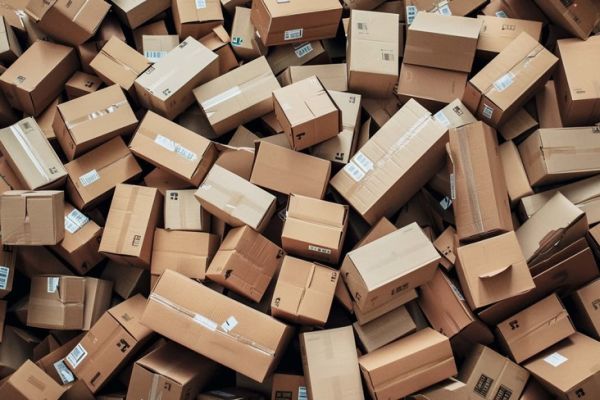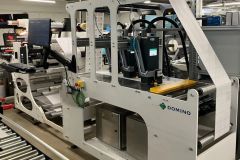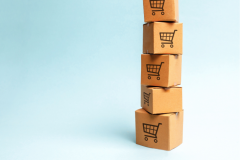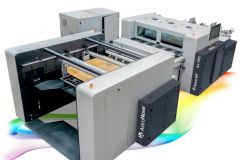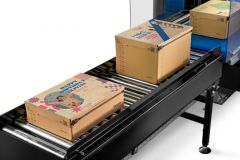The rapid development of e-commerce is one of the key growth drivers for the corrugated packaging market. In 2023, this market was valued at $338.6 billion, with a compound annual growth rate (CAGR) of 5.43% forecast between 2024 and 2034. Corrugated boxes are establishing themselves as a preferred solution for packaging and protecting a variety of products, from fragile electronic devices to bulky items.
Corrugated packaging is part of a sustainable approach, essential in a context of increasing regulations on the reduction of plastic waste. Manufactured from recycled paper fibers or from renewable sources, these packaging products offer a closed-loop life cycle, widely appreciated by manufacturers and consumers alike.
The manufacture of corrugated board relies mainly on paper pulp, a material whose price fluctuates widely according to world demand, climatic hazards and geopolitical tensions. This cost instability, combined with rising energy prices, weighs heavily on manufacturers' profitability.
To meet these challenges, manufacturers are focusing on technologies designed to reduce raw material losses and optimize energy resources. Process automation, improvements in the adhesives used to manufacture corrugated board layers, and the reduction of board grammage without compromising strength are just some of the ways in which improvements can be made.
In addition, the development of new types of fiber or more affordable alternatives could help limit dependence on variations in pulp prices. Research and development centers play a key role in this approach, although their implementation requires substantial investment and partnerships between manufacturers.
Finally, the boom in corrugated packaging is not confined to e-commerce. The agri-food and pharmaceutical sectors, which are major consumers of packaging, are also adopting these solutions, particularly to meet sanitary and logistical requirements.
However, this diversification requires manufacturers to offer customized formats, capable of adapting to specific production lines or local regulations. This puts additional pressure on production lines, which have to combine flexibility and volume.
